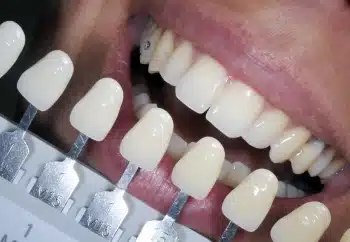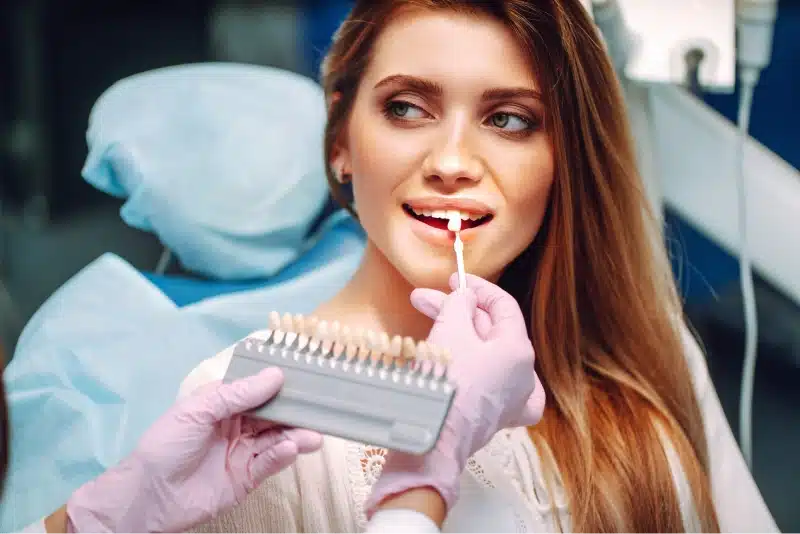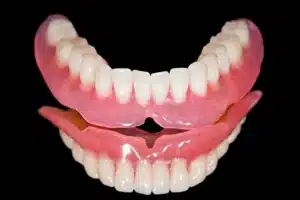Once veneers are applied, your natural teeth undergo a significant transformation. This cosmetic dentistry procedure aims to enhance the appearance of your smile by improving the color, shape, size, or length of your teeth. Underneath those meticulously crafted veneers, your natural teeth continue to exist. The process of applying veneers involves the removal of a small layer of enamel from the front surface of your teeth to ensure a proper fit and alignment of the veneers. While this might sound invasive, it’s a crucial step to creating a seamless and natural-looking smile.
Preparing Teeth For Veneers
Ensuring a Proper Fit:
Removing a small layer of enamel allows the veneers to bond securely to the teeth, creating a natural and comfortable fit. This step is crucial for the longevity and stability of the veneers.
Avoiding Bulky Appearance:
Without enamel removal, the veneers might appear bulky or unnatural. By making room for the veneers, the dentist ensures seamless integration with the rest of your teeth.
Enhancing Adhesion:
Enamel removal improves the bonding strength between your natural teeth and the veneers. This is vital for the veneers to withstand the daily wear and tear of regular activities like chewing and speaking.
While the enamel removal is a delicate process, it is typically painless, as dentists often use local anesthesia to ensure your comfort during the procedure.
Effect on Teeth Underlying Veneers

The underlying teeth are still susceptible to issues such as decay and gum disease if proper oral hygiene is not maintained. Regular brushing, flossing, and dental check-ups remain essential, even with veneers. Neglecting oral hygiene can lead to complications that may compromise the longevity of both the veneers and the natural teeth underneath.
Can You Get Cavities Under Veneers?
While veneers provide an extra layer of protection, they do not make your teeth cavity-proof. The margins where the veneers meet your natural teeth can be vulnerable to bacterial infiltration if proper oral care is neglected. This is why maintaining good oral hygiene practices is crucial, even with veneers.
Regular dental check-ups are essential to ensure the integrity of both the veneers and the underlying teeth. Dentists can identify early signs of issues and provide appropriate interventions to prevent cavities and other dental problems.
FAQs
If you are missing most or all of your natural teeth, there are a few options for tooth replacement. If you have questions, the team at Normandale Dental will be happy to answer them. Below are some of the most common questions that we’ve gotten about tooth replacement options:





